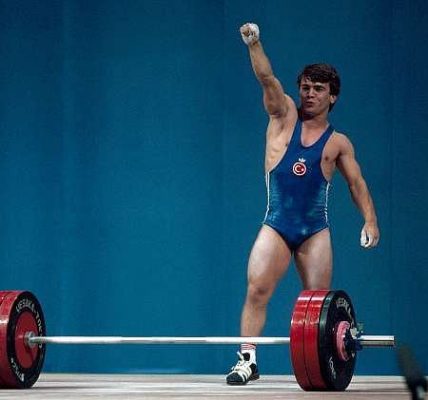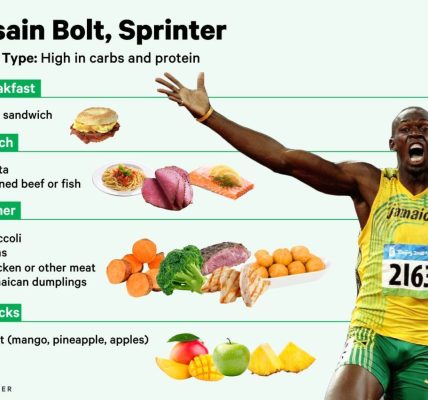When it comes to Olympic weightlifting, a sport that demands exceptional technique, strength, and power, mobility plays a crucial role in overall performance. Olympic weightlifting consists of two main lifts: the snatch and the clean and jerk. These complex movements require athletes to move through a wide range of motion with speed and precision. Optimal mobility allows weightlifters to achieve the necessary positions, ensuring efficient and safe execution of these lifts.
What is Mobility?
Before delving into the role of mobility in Olympic weightlifting performance, it’s important to understand what mobility means in this context. Mobility refers to the ability to move freely and easily through a full range of motion in a specific joint or series of joints. In weightlifting, mobility primarily relates to the mobility of the hips, shoulders, ankles, and wrists, as they are heavily involved in the snatch and clean and jerk.
The Benefits of Mobility for Olympic Weightlifters
1. Increased Range of Motion: Adequate mobility allows weightlifters to achieve optimal positions during the snatch and clean and jerk. This increased range of motion enables them to generate more power, maintain proper body alignment, and execute the lifts with precision.
2. Injury Prevention: Weightlifting, especially at the Olympic level, places immense stress on the body. Insufficient mobility puts athletes at a higher risk of injury, as compensatory movements and improper positioning can lead to strains, sprains, and overuse injuries. By prioritizing mobility, weightlifters can mitigate these risks and ensure longevity in their sport.
3. Enhanced Technique: Proper technique is paramount in weightlifting. Optimal mobility allows weightlifters to achieve the necessary positions for executing lifts with correct form. When the body can move efficiently through the required range of motion, it becomes easier to develop and refine proper technique, leading to improved performance and results.
How to Improve Mobility for Weightlifting Performance
1. Dynamic Warm-Up: Prior to weightlifting sessions, engaging in a dynamic warm-up routine can significantly improve mobility. Incorporate exercises that target the specific joints involved in weightlifting, such as hip openers, shoulder rotations, ankle mobility movements, and wrist stretches. This helps increase blood flow, activate muscles, and enhance joint mobility for better performance.
2. Stretching and Mobility Exercises: Regular stretching and mobility exercises outside of weightlifting training are essential. Focus on stretches and exercises that target the major muscle groups involved in weightlifting, including the hip flexors, hamstrings, calves, shoulders, and wrists. Yoga, Pilates, and specific mobility programs can also be beneficial in improving overall flexibility and joint range of motion.
3. Professional Guidance: Seeking guidance from a certified strength and conditioning coach, physical therapist, or mobility specialist can greatly aid in developing a personalized mobility program. These professionals can assess individual limitations and imbalances, provide targeted exercises and stretches, and ensure proper technique and progression.
Conclusion
When aiming for peak performance in Olympic weightlifting, mobility should not be overlooked. It plays a crucial role in enabling weightlifters to achieve the necessary positions, execute lifts with optimal technique, and prevent injuries. By incorporating a comprehensive mobility program into their training routine, weightlifters can unlock their full potential and maximize their performance on the platform.
Remember, Olympic weightlifting requires not only strength and power but also the ability to move efficiently through a full range of motion. Prioritize mobility, and watch your weightlifting performance soar!




